A Room of One's Own 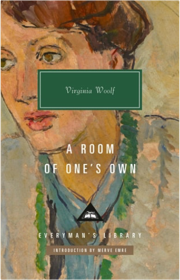 A Room of One's Own 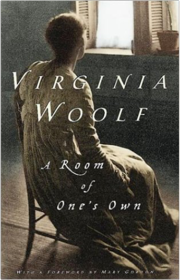 Common Reader : First Series, Annotated Edition. 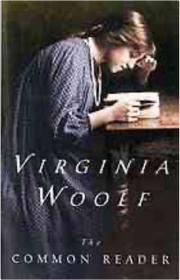 The Common Reader: No. 1 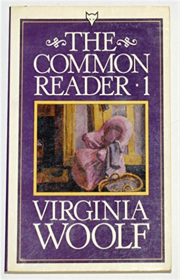 Genius and Ink: Virginia Woolf on How to Read 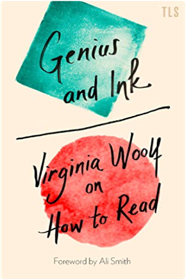 Monday or Tuesday 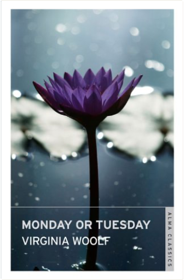 "Doesn't one always think of the past, in a garden with men and women lying under the trees? Aren't they one's past, all that remains of it, those men and women, those ghosts lying under the trees . . . one’s happiness, one's reality?" Originally hand-printed at her Hogarth Press in Richmond, Monday or Tuesday is the only collection of short stories that Virginia Woolf published during her lifetime, providing a fascinating insight into the early stages of development of themes that would blossom in her later masterpieces. From the impressionist description of four groups of people walking by a flowerbed in the botanic gardens at Kew to the soaring flight of a heron above the teeming life of towns and cities below, and the reveries of a woman as she looks at a mark on the wall, the eight pieces included in this volume showcase Woolf's inimitable observational powers and her boldly modern style of writing. Mrs. Dalloway (Everyman's Library (Cloth)) 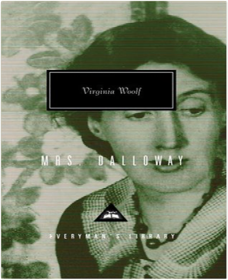 As Mrs. Dalloway prepares for the party she is giving that evening, a series of events intrudes on her composure. Her husband is invited, without her, to lunch with Lady Bruton (who, Clarissa notes anxiously, gives the most amusing luncheons). Meanwhile, Peter Walsh appears, recently from India, to criticize and confide in her. His sudden arrival evokes memories of a distant past, the choices she made then, and her wistful friendship with Sally Seton. Woolf then explores the relationships between women and men, and between women, as Clarissa muses, "It was something central which permeated; something warm which broke up surfaces and rippled the cold contact of man and woman, or of women together.... Her relation in the old days with Sally Seton. Had not that, after all, been love?" While Clarissa is transported to past afternoons with Sally, and as she sits mending her green dress, Warren Smith catapults desperately into his delusions. Although his troubles form a tangent to Clarissa's web, they undeniably touch it, and the strands connecting all these characters draw tighter as evening deepens. As she immerses us in each inner life, Virginia Woolf offers exquisite, painful images of the past bleeding into the present, of desire overwhelmed by society's demands. —Joannie Kervran Stangeland Orlando: Introduction by Jeanette Winterson 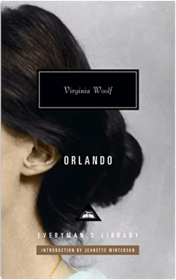 The Life of Violet: Three Early Stories 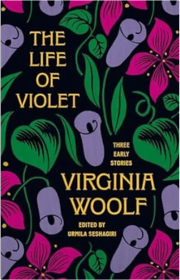 The London Scene. Six Essays on London Life 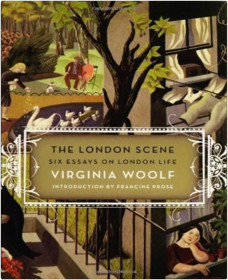 The second common reader 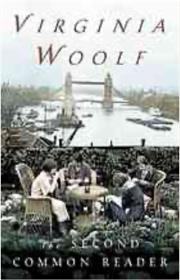 The Voyage Out 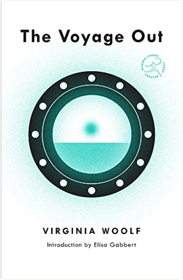 The Waves 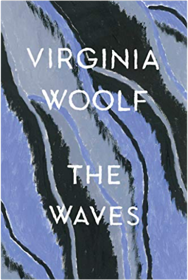 To the Lighthouse (Everyman's Library (Cloth)) 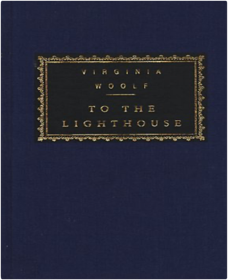 Though its fame as an icon of twentieth-century literature rests primarily on the brilliance of its narrative technique and the impressionistic beauty of its prose, To the Lighthouse is above all the story of a quest, and as such it possesses a brave and magical universality. Observed across the years at their vacation house facing the gales of the North Atlantic, Mrs. Ramsay and her family seek to recapture meaning from the flux of things and the passage of time. Though it is the death of Mrs. Ramsay on which the novel turns, her presence pervades every page in a poetic evocation of loss and memory that is also a celebration of domestic life and its most intimate details. Virginia Woolf’s great book enacts a powerful allegory of the creative consciousness and its momentary triumphs over fleeting material life. |


Delicious Library
Collection Total:
3,640 Items
3,640 Items
Last Updated:
Nov 2, 2025
Nov 2, 2025
 Made with Delicious Library
Made with Delicious Library